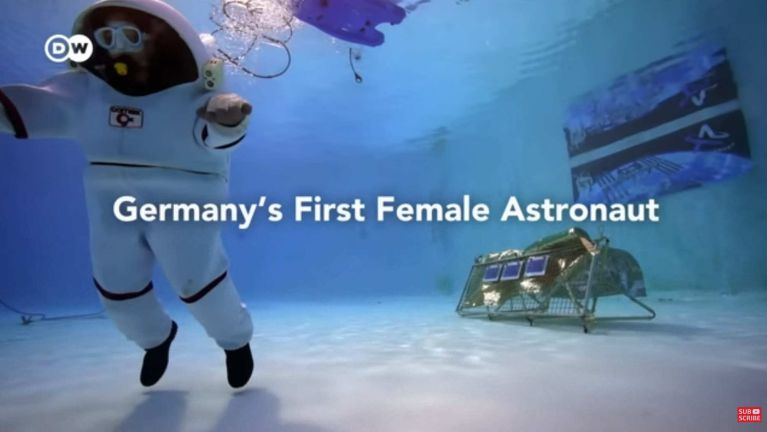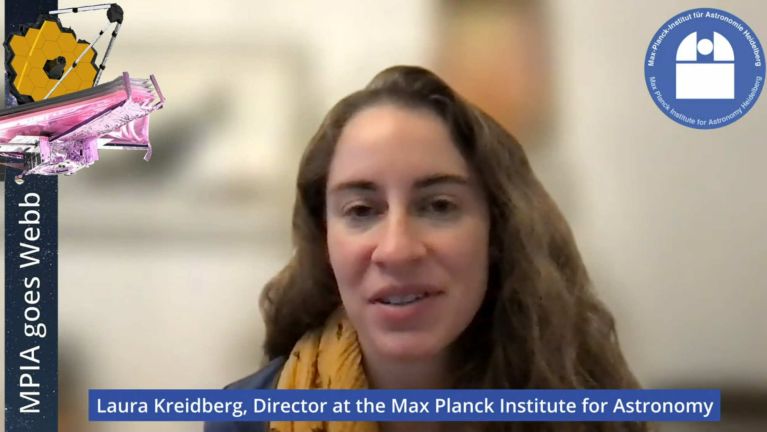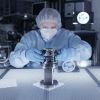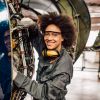Bright minds for the cosmos
Space research in Garching and Heidelberg: Read how a German and an American are doing pioneering work to explore the universe.
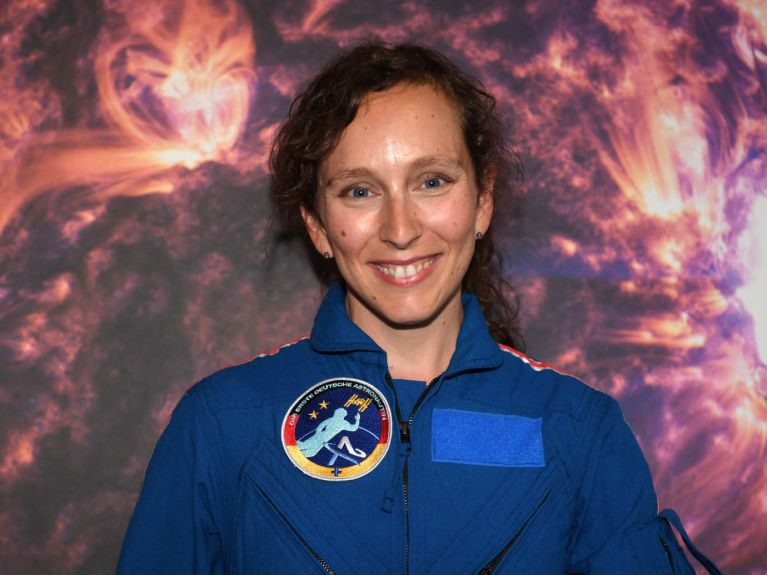
Suzanna Randall: Blazing new trails
Suzanna Randall is keen to explore virgin territory. A German astrophysicist, she was one of the two female candidates selected by the private initiative “Die Astronautin” (the female astronaut) to travel into space in the near future. Funding is not yet in place, but the objectives for their flight to the International Space Station ISS are clear: “We want not only to send the first German female astronaut into space but also to launch the first commercial mission in Europe,” explains Randall. On Earth, she works for the ESO (European Southern Observatory) in Garching near Munich and for the ALMA telescope project in Chile. Her research focuses on the evolution of stars. Randall envisages scope for further research on the ISS, for example into the question of how microorganisms survive in space. “Furthermore, I will be happy to make my body available for medical studies in zero gravity. There is a gender data gap when it comes to medical research in space. Only one tenth of all astronauts are female.”
Dieses YouTube-Video kann in einem neuen Tab abgespielt werden
YouTube öffnenThird party content
We use YouTube to embed content that may collect data about your activity. Please review the details and accept the service to see this content.
Open consent formLaura Kreidberg: Focusing on new planets
The US astronomer Laura Kreidberg is also exploring new dimensions. While working at Harvard University she already studied the conditions for life on extrasolar planets, and in 2020 a new position was created for the young researcher at the Max Planck Institute for Astronomy in Heidelberg. As director of the “Atmospheric Physics of Exoplanets” department, Kreidberg is looking at how celestial bodies evolve, how they change, and whether there might possibly be life on any other planet apart from Earth. While the scientist had already caused quite a stir with her work in the USA, one of the things she finds exciting about the post in Germany is the “outstanding reputation” of the Max Planck Society and the opportunity to establish “a new scientific community” from scratch. In Heidelberg, Kreidberg is also taking advantage of the new possibilities offered by the James Webb Space Telescope: “Having the infrared wavelength coverage will let us push to much cooler and thus potentially more habitable planets than we’ve been able to study before, and also to more easily detect certain molecules in the atmospheres of exoplanets.”
Dieses YouTube-Video kann in einem neuen Tab abgespielt werden
YouTube öffnenThird party content
We use YouTube to embed content that may collect data about your activity. Please review the details and accept the service to see this content.
Open consent form